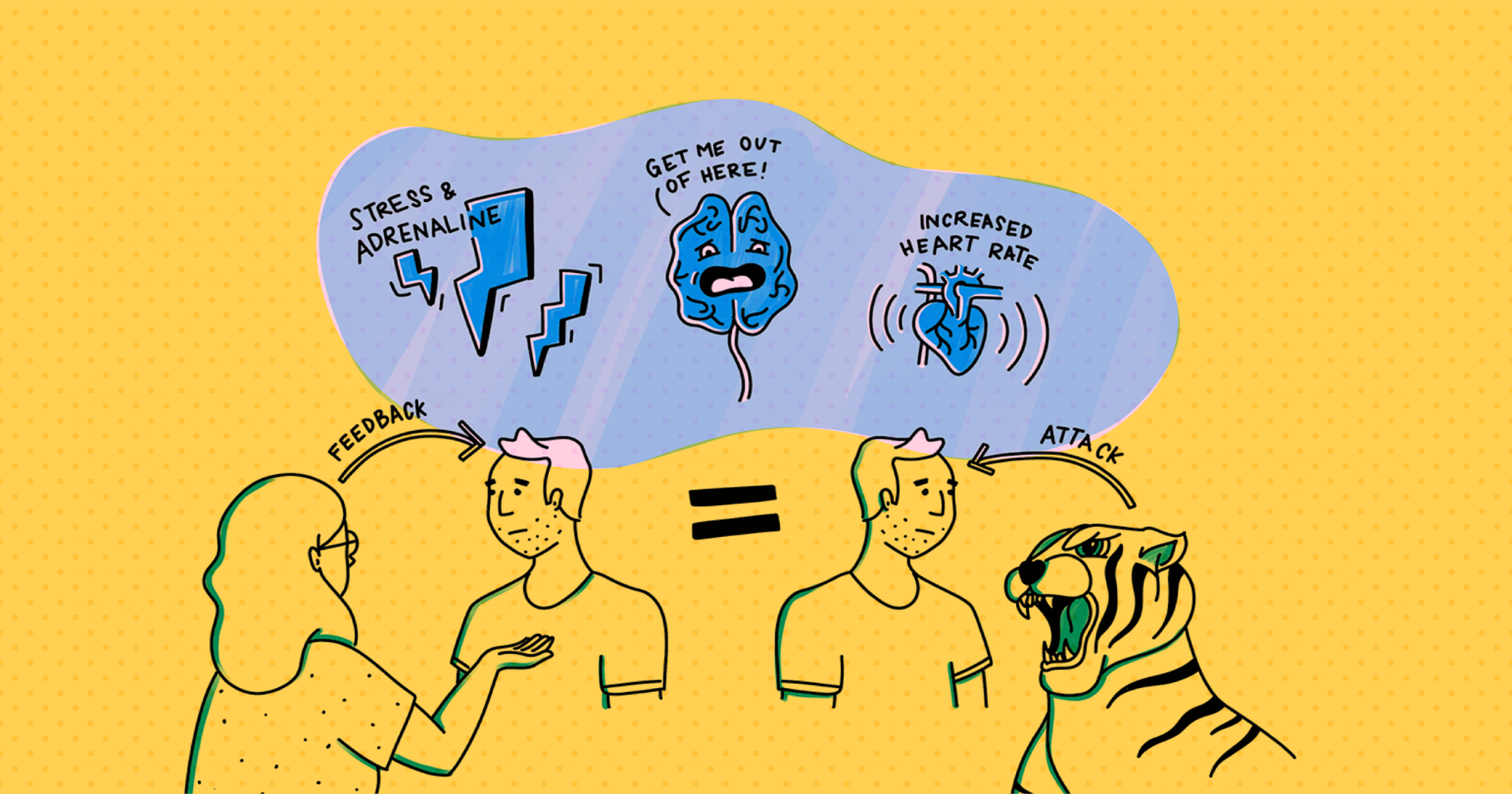How to use the Situation-Behavior-Impact model to give negative feedback?

Whenever a coworker disappoints you or doesn’t live up to your expectations, you assume ill intentions (most of the time).
The guy isn’t trustable/dependable…. he’s lazy….is he even a good colleague?
And then you take action:
Best is to not share responsibilities with him….. I’ll work with someone else.
The result is that your relationship turns sour. So, instead of jumping to conclusions, what if you discussed this behavior and provided negative feedback? It's tough, and can get awkward, I agree. But, ignoring such situations won’t do good for anyone because it will happen every time. How many times will you escape difficult conversations?
Instead, use it as an opportunity to strengthen team bonding. Maybe the person was stuck in an urgent and crucial task. Or that he was ill? You can (and should) clarify the situation and avoid any negative assumptions. This approach will improve your work collaboration, communication, and workplace satisfaction.
So, how do you provide negative feedback? Use the Situation-Behavior-Impact (SBI) mental model.

What is the SBI model?
It’s a feedback tool developed by the Centre for Creative Leadership (CCL). The tool helps you avoid personal bias and remove judgment from your feedback to convey your message. This tool is ideal for providing negative feedback, but you can use it to provide positive feedback, too.
The Situation-Behavior-Impact model is simple:
Situation: Describe the situation. Be specific. Remind the listener of when and where it happened.
Behavior: Describe the person’s behavior, not your assumption of it. Don’t assume you know what the other person was thinking.
Impact: State the impact of the person’s behavior. Explain why it was wrong and its consequences.
How to use the SBI model?
Here’s one example of the SBI model to provide judgment-free negative feedback.
1. Situation
Avoid vague descriptions like “in last week’s meeting…” Describe the specific situation. What happened? When did it happen? Where did it happen? Provide context, so the listener can remember what you’re talking about.
Example: “In yesterday’s product review meeting, while you were giving the demo of the product…..”
2. Behavior
The next step is to describe the actual behavior you observed. Don’t make assumptions or rely on someone else’s judgments to describe the person’s behavior. Tell them what you - and only you - have observed. Stick to the facts, not your interpretation of it.
For example, if the person giving the product demo misses crucial information, don’t assume they didn’t work hard for the presentation. Just describe to them what the mistakes were.
Example: “You missed talking about XYZ during the presentation” instead of “You probably didn’t prepare enough because you missed talking about XYZ.”
3. Impact
Describe the results of their behavior. Be empathetic. You shouldn’t use soft words to undermine the situation, but at the same time, don’t be too harsh.
Example: “...which didn’t let the CEO grasp the full potential of our product. It can affect his decision when green-lighting the project.”
The CCL also advises asking about the intent behind the person’s behavior. “Ask about the person’s original intentions. It enables you to draw attention to the gap between intent vs. impact.
- Example: “What were you hoping to accomplish with that?” or “What was going on for you?”
A conversation that clarifies intent vs. impact builds trust and understanding. Simple solutions usually follow. Inquiring about intent is also where good coaching starts. When you inquire about intention, motivation, or what’s behind an action, you’re essentially in a coaching conversation — one that can make a positive difference well before a performance review or disciplinary conversation.”

It also encourages a two-way conversation. The person feels safe sharing why they did what they did. They will be more likely to discuss their problems and act on your feedback. Asking about intent also helps you nullify your false assumptions. Your coworker might have a good reason to behave in a certain way. If you assert false acquisitions without asking about their intent, it’ll decrease trust between you.
Ensure the person reflects on the feedback
Feedback is helpful only if the person reflects and acts on it. So, after you’ve provided the feedback, encourage the person to reflect on their action and understand the consequences of it. Help them to correct the mistake and be empathetic throughout.





